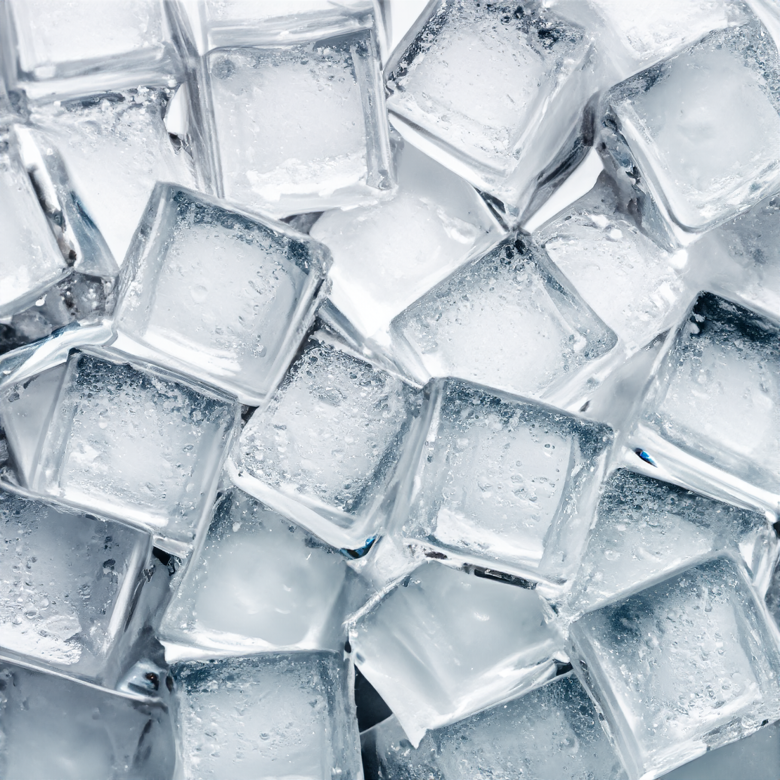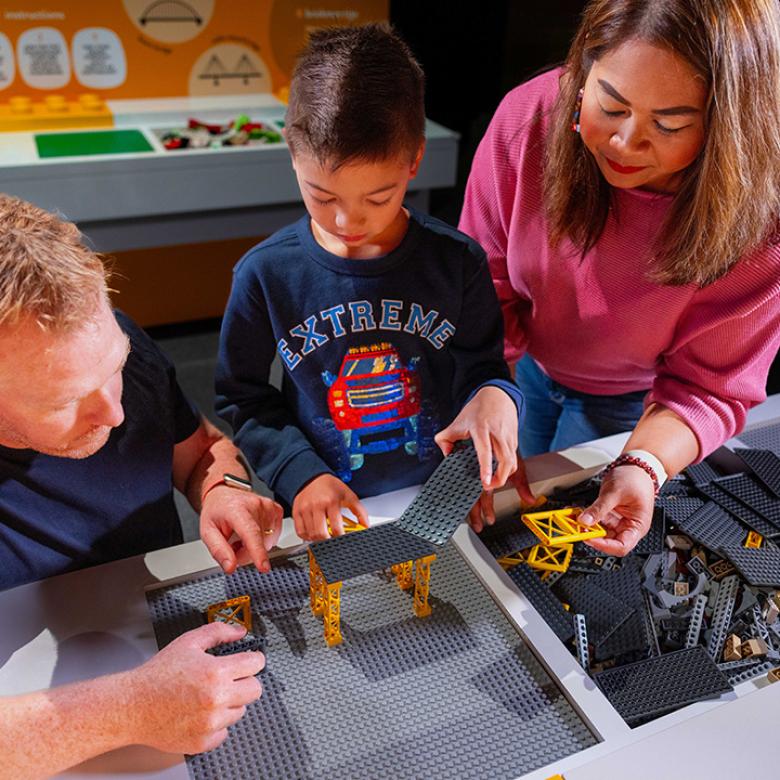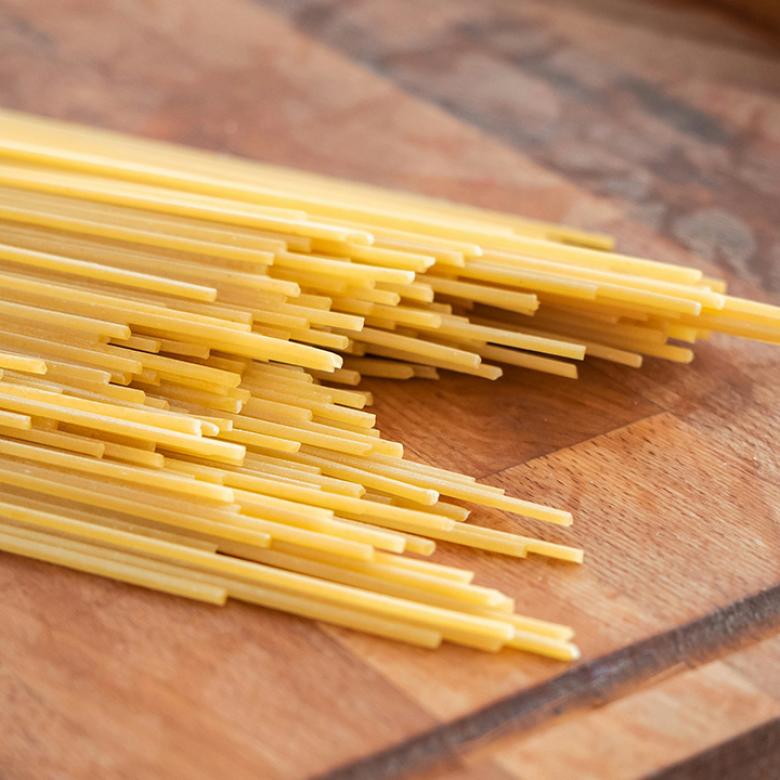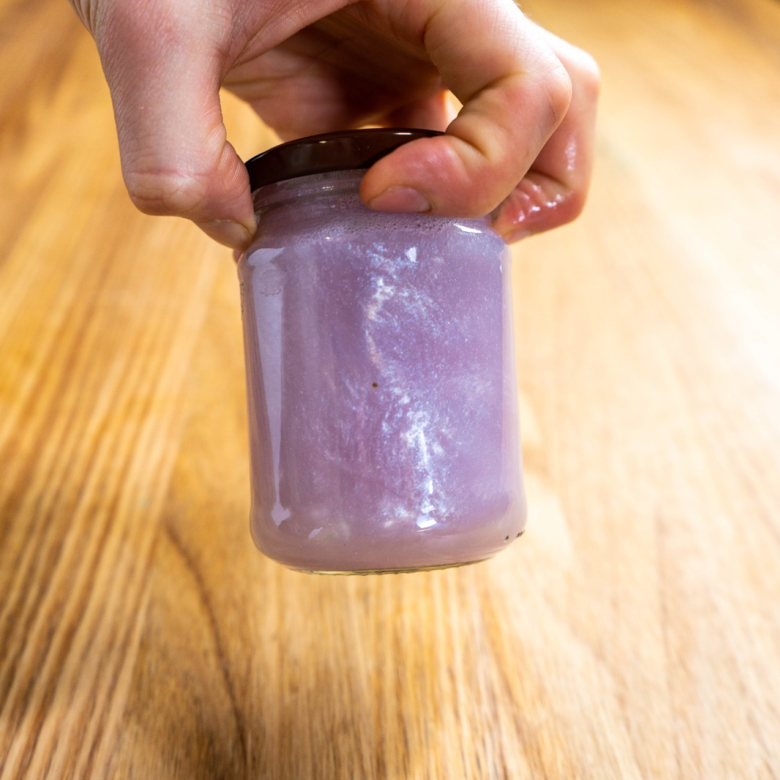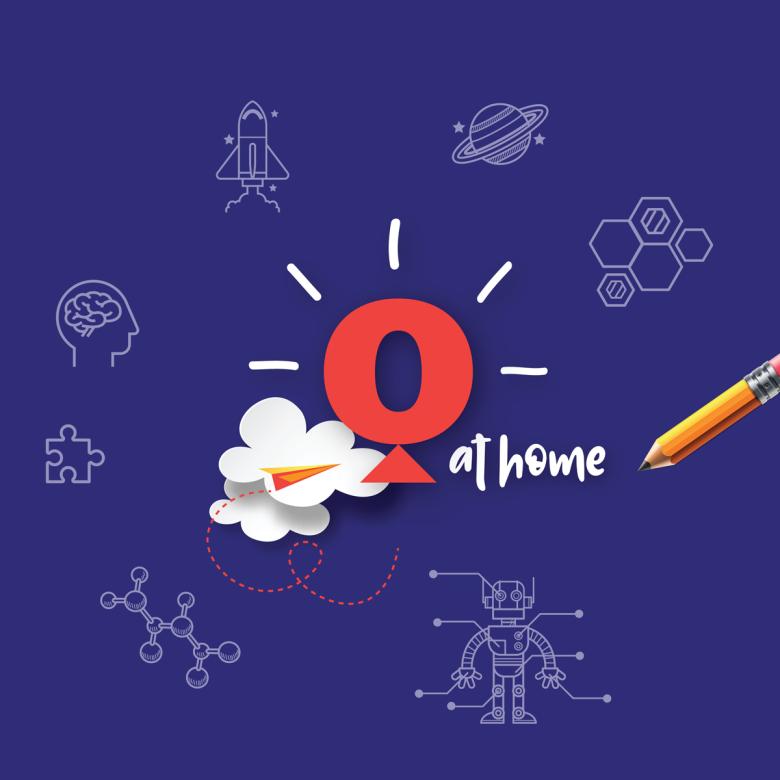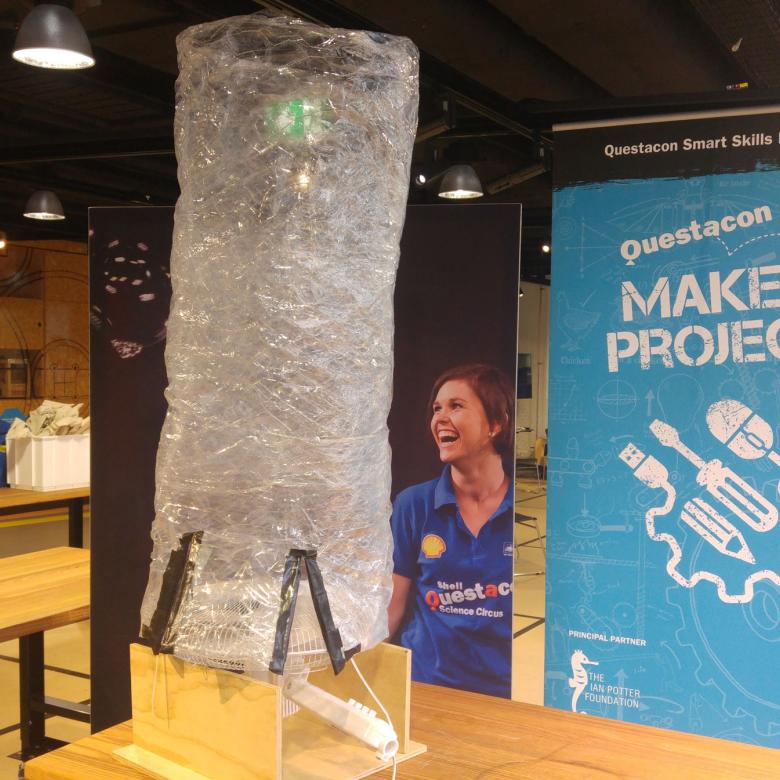You’ll need
- Ice cubes that are all about the same size
- 2 small plates
- A glass
- A sunny day
- A stopwatch or another timer
- A pen and piece of paper
- Different insulating materials (like a piece of cardboard, a piece of aluminium foil, cottonwool, and different fabrics of the same colour)
- A polystyrene cup
- A plastic cup
What to do
- Gather your materials on a flat surface.
- Put an ice cube on each of the 2 small plates. Place the glass upside down over one of the ice cubes. Leave the other ice cube uncovered.
- Place both plates in a sunny spot.
- Start the stopwatch or timer. Check your ice cubes every 2 minutes to find out how long it takes for each ice cube to melt. Write the final times down on a piece of paper.
- Do the experiment again, but wrap or cover the glass in different materials. You could try the experiment using different types of cups. Or leave out the cup and just wrap the ice in the materials. Make sure to write all your findings down on the paper.
Questions to ask
Which ice cube melted faster – the one that was covered with the glass, or the one that wasn’t? Is this what you thought would happen?
Which material caused the ice cube to melt the fastest, and which the slowest?
Do you think the colour of the material makes a difference?
Do you think this experiment would work the same way in the shade, or inside?
Using what you have learned about your materials, design and test the best insulation for an ice cube. Is it better to use a mix of materials? Should the insulation be tight against the cup, or is it better to leave space for air? Try a few different designs!
What's happening
Heat can be transferred via convection, conduction and radiation.
In convection, energy is carried by the movement of hot liquid or gas. Hotter air or liquid rises, cooler air or liquid falls. This causes a circulation that carries energy from one place to another.
Conduction is when energy moves through a solid material. When something is hot, that means the particles (atoms) in it are vibrating a lot. One atom can pass this along to the next atom, moving energy through the solid. This is why a frying pan gets hot when it’s put on a stove. Some materials conduct heat better than others.
Radiation is when heat moves via light (like heat from the Sun). Light has energy. When it hits a surface, some of that energy is absorbed, and heats up the surface.
In this experiment, the Sun’s radiation transfers energy to the ice cubes. When you place a glass over the ice cube, it acts a bit like a greenhouse – allowing the Sun’s radiation through and then trapping the heat energy inside.
You can slow down the heating of the ice cube by stopping some or all of convection, conduction and radiation.
You can stop radiation hitting the ice by wrapping the glass in aluminium foil, which will reflect a lot of the radiation.
Surrounding the ice cube with material that has lots of air spaces in it, like polystyrene foam, will also slow down the melting. Such a material works in 2 ways. It stops convection because the very small air bubbles trap the air. And air is a poor conductor of heat, so it slows conduction as well.
Did you know
Houses use materials – called insulation – that slow down heating and cooling. Walls and ceilings can be lined with insulation. Some insulation has a shiny side – to reflect radiation away – and a foamy, air-filled side to stop conduction and convection.
Your home probably has insulation inside the roof.
Houses with good insulation use less energy for heating and cooling. This makes them cheaper to own, because electricity and gas bills are lower. Using less energy is also good for the environment.

